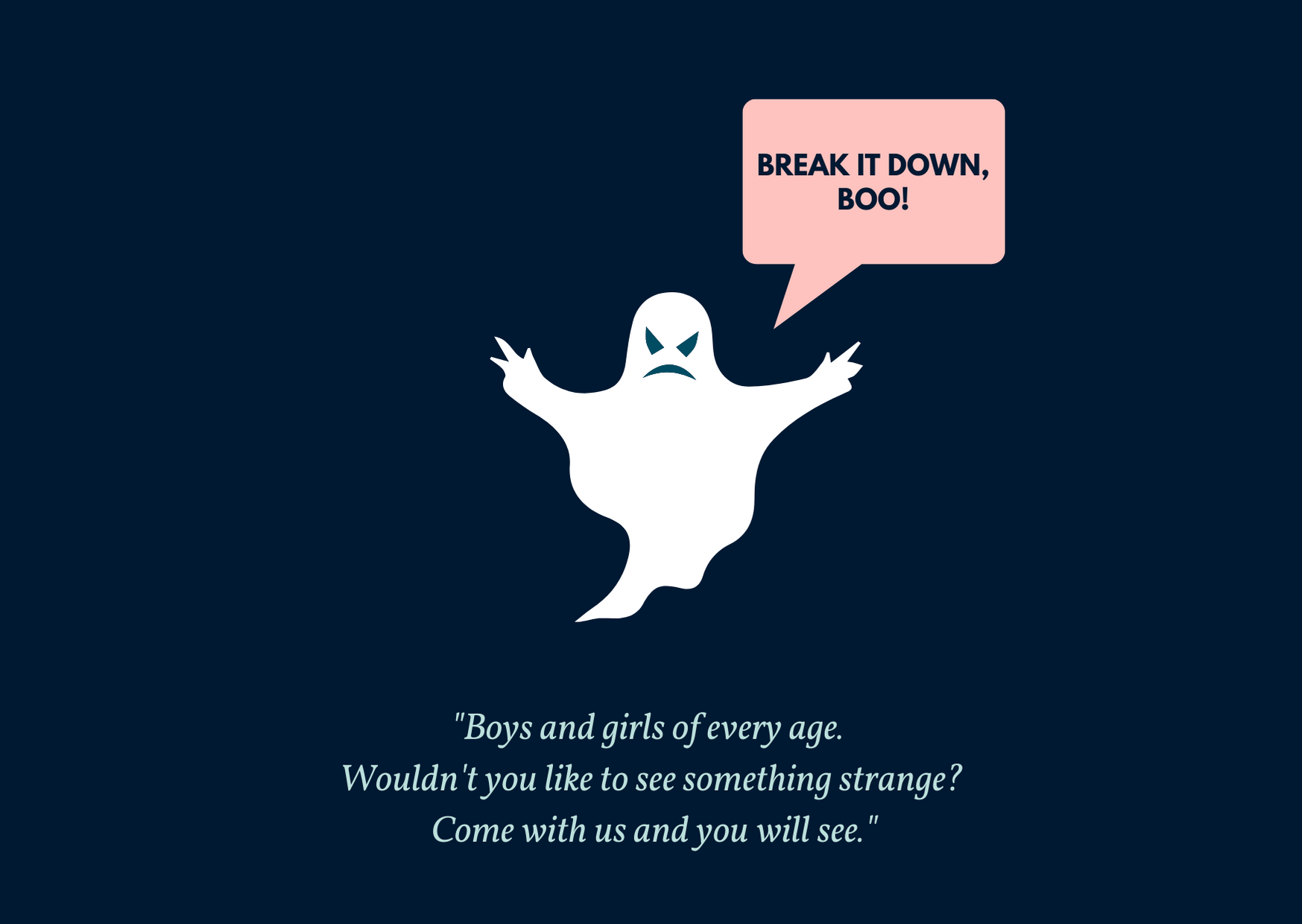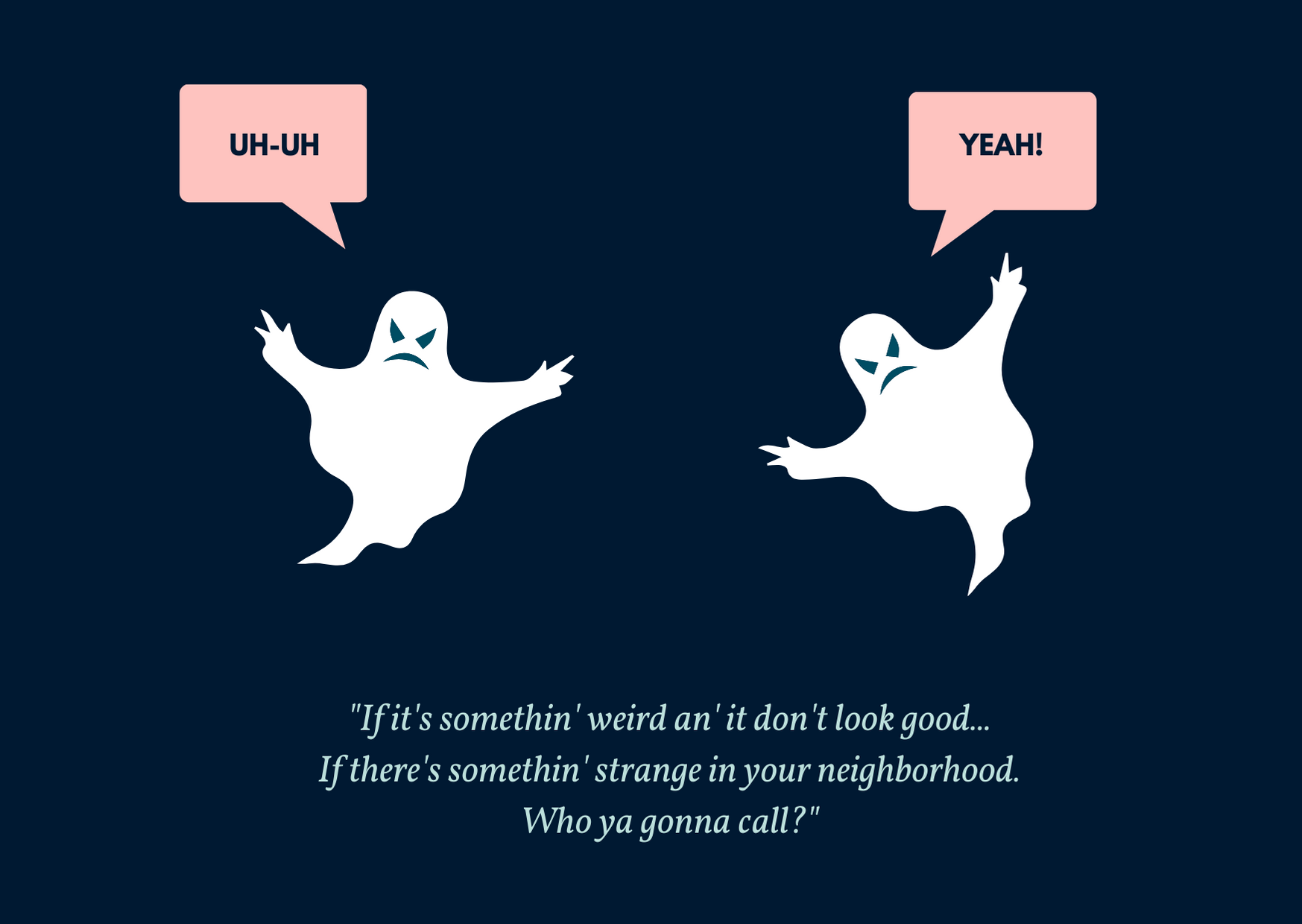It’s time to dust off the old spell book and share some truly terrifying stories from brands that will turn unflappable into a bag of nerves.
The dark side of a misprinted domain
Mattel is facing backlash after accidentally printing the URL of a porn site on the packaging of its Wicked doll line. These dolls were released in anticipation of the upcoming “Wicked” movie starring Cynthia Erivo and Ariana Grande. Parents were shocked to find that instead of leading to the movie’s website, the printed web address Wicked.com directed users to explicit content. The correct website for the film is WickedMovie.com.
The toy giant swiftly apologised, initiated a recall, and promised an internal investigation to prevent future mishaps. This mistake is a clear example of how important an Exact Brand Match (EBM) domain and a strong domain strategy are for companies. By securing related domains and variations, brands can prevent these kinds of issues and protect their reputation.
The curse of the expired domain name
Imagine all the time and effort that goes into building a brand, choosing the right name, and finding and locking the ideal domain name. You spend years working to gain recognition, a reputation, only to see that work flushed down…over a failure to renew your domain? You might think that it’s just an oversight, but having a non-working website, or worse, a website that redirects to something potentially damaging for your image, it’s an unforgivable blunder. To avoid this, always remember to turn on your auto-renewal option (if you have one with your registrar), have a valid credit card on file, and please, use a calendar to set reminders before the expiration date.
The nightmare of bad rebranding
It is normal that over time, brands go through a rebranding process. Whether it is to differentiate themselves from their competitors, to overcome a bad reputation, refresh their image to attract new customers, or to absorb other brands or products, a good rebranding strategy could significantly impact your sales and increase your customers.
But what happens when the rebranding initiative turns into a nightmare?

No one can seem to forget the Tropicana disaster. A well-established brand with over 50 years in the beverage industry decided in 2009 to rebrand the elements of its packaging. The results were appalling, there was a 20% decrease in sales in over a few weeks because customers were unable to recognize the new packaging. Eventually, the brand reverted to its original packaging and image.
Another scary example of rebranding done wrong belongs to the famous clothing brand GAP. The year was 2010, and from one day to the other, their emblematic logo was drastically changed, released into their channels without any warning or a statement, resulting in millions of customers voicing their anger over social media. The GapGate lasted only seven days when the company decided to go back to the blue box logo, learning a lesson or two on how to take your customers’ opinion into consideration before making a bold (and unsolicited!) branding move.
When brand names go wrong
Sometimes it isn’t funny at all… it is horrifying and all you can hear is the echo of your heart pounding. You can feel that cold sweat particularly at the back of your neck at your hairline. Yeah, you can scream and shout at the top of your lungs but maybe it would be better if you learn from someone else’s mistakes. For example, Mercedes-Benz entered the Chinese market under the brand name “Bensi,” — which means “rush to die.” The company was quick to rebrand itself as Benchi which translates to ‘run quickly as flying’. Sometimes a brand simply has no other choice than a name change, right?
Do you remember Skims? The direct-to-consumer line by Kim Kardashian West was launched in June 2019. The entrepreneur and ‘Keeping Up With The Kardashians’ star decided to use the name Kimono and she even acquired the matching domain name Kimono.com — however, she had to drop the name after a plea from the city of Kyoto and many posts calling the name cultural appropriation. In August 2019, in an Instagram post, Kim announced changing the name of her new brand to SKIMS. The company now owns both Skims.com and Kimono.com (redirects to Skims.com). Not a great job there either at getting a strong brand because the singular to Skims, Skim.com, is actually an adult live cam site. They are certainly happy with the extra traffic they get to their website.
Interested to read more about naming horror stories? Have a look at some naming and branding attempts gone wrong in our “Epic fails of the decade” report.
The haunting of tone-deaf marketing
In 2017, Pepsi created a huge wave of controversy when they released a commercial that seemed to trivialize the Black Lives Matter protests. Using a high-profile celebrity, the ad recreated a “fun protest” where young people were holding signs to “join the conversation”, while the young white woman offers a police officer a Pepsi as a peace offering (?), and everyone burst into applause and joy.
Problem solved, right?
Wrong. The tone-deaf commercial only exposed the lack of perspective and diversity some brands suffer when it comes to developing marketing pieces that reflect the reality of the world with an honest representation of society. How can brands prevent these types of horrific mistakes? By doing some serious market research, adopting and increasing diversity in their workplace, showing empathy with their content, and constantly doing social listening to stay on top of relevant social issues.

Did we scare you enough? But we hope you learn something from these stories as we did. If you want to say hi or have any questions about naming, branding, and domain names get in touch, we’re always happy to hear from you.

Previous Next